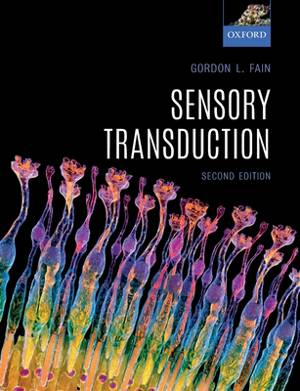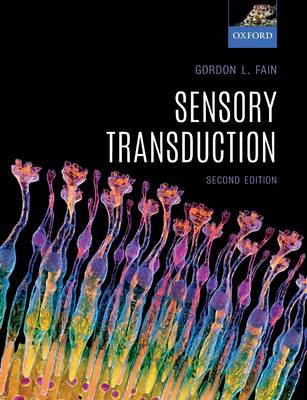
- Afhalen na 1 uur in een winkel met voorraad
- Gratis thuislevering in België vanaf € 30
- Ruim aanbod met 7 miljoen producten
- Afhalen na 1 uur in een winkel met voorraad
- Gratis thuislevering in België vanaf € 30
- Ruim aanbod met 7 miljoen producten
Zoeken
Omschrijving
How are sights and sounds and smells converted into electrical signals in a form that can be interpreted by the nervous system? Although this process, called sensory transduction, began to be understood only relatively recently, so much progress has been made that it is now possible to say at least in outline (but in most cases in remarkable detail) how transduction occurs for all of the major sense organs of the body. Since the first edition was published in 2003, many new experiments have radically changed some of our previously-held views.This new edition fulfils the book's original aims, both as an accessible textbook and a general introduction to the senses, by bringing the contents fully up to date with the new information acquired over the last 15 years. In so doing, it continues to provide a comprehensive survey of one of the greatest achievements of modern biology and neuroscience - the unravelling of the mechanism of sensation.
Specificaties
Betrokkenen
- Auteur(s):
- Uitgeverij:
Inhoud
- Aantal bladzijden:
- 304
- Taal:
- Engels
Eigenschappen
- Productcode (EAN):
- 9780198835035
- Verschijningsdatum:
- 17/12/2019
- Uitvoering:
- Paperback
- Formaat:
- Trade paperback (VS)
- Afmetingen:
- 188 mm x 244 mm
- Gewicht:
- 635 g

Alleen bij Standaard Boekhandel
+ 232 punten op je klantenkaart van Standaard Boekhandel
Beoordelingen
We publiceren alleen reviews die voldoen aan de voorwaarden voor reviews. Bekijk onze voorwaarden voor reviews.











